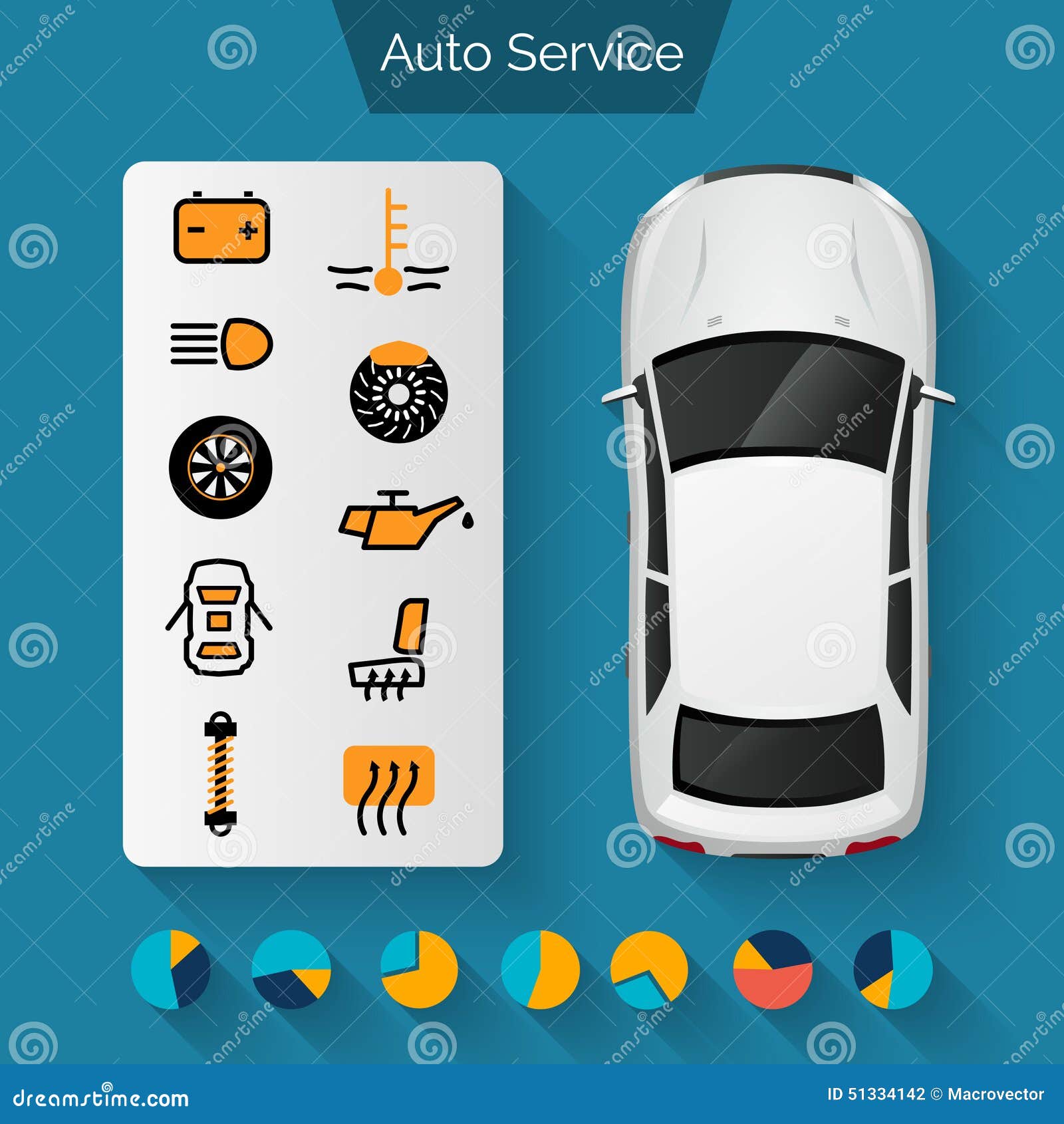Recognizing Your Auto'S Warning Lighting: What Do They Really Mean?
Recognizing Your Auto'S Warning Lighting: What Do They Really Mean?
Blog Article
Post Written By-Higgins Dalgaard
When you lag the wheel, those glowing warning lights on your control panel can be a little bit complicated. Do you understand what they're trying to inform you regarding your vehicle's wellness? Comprehending the relevance of these lights is essential for your safety and security and the long life of your car. So, the following time one of those lights pops up, would not you intend to analyze its message accurately and take the necessary steps to address it?
Common Caution Lighting and Interpretations
Recognize typical caution lights in your cars and truck and understand their significances to ensure safe driving.
The most typical caution lights include the check engine light, which indicates concerns with the engine or discharges system. If this light begins, it's essential to have your automobile checked promptly.
The oil stress alerting light indicates low oil stress, requiring prompt interest to prevent engine damages.
A flashing battery light might recommend a faulty charging system, possibly leaving you stranded if not addressed.
The tire pressure surveillance system (TPMS) light alerts you to reduced tire stress, influencing vehicle stability and gas performance. Overlooking this could bring about dangerous driving problems.
The abdominal light shows a trouble with the anti-lock stopping system, jeopardizing your capacity to stop rapidly in emergency situations.
Finally, the coolant temperature alerting light warns of engine overheating, which can cause extreme damage if not dealt with promptly.
Understanding these typical warning lights will aid you resolve problems promptly and keep safe driving conditions.
Importance of Prompt Interest
Comprehending the typical warning lights in your auto is only the initial step; the relevance of promptly addressing these warnings can not be highlighted sufficient to ensure your safety and security when traveling.
When a caution light brightens on your control panel, it's your auto's means of connecting a possible problem that needs attention. Overlooking these warnings can bring about a lot more extreme issues down the road, compromising your security and potentially costing you more in repairs.
Trigger attention to cautioning lights can protect against break downs and mishaps. For example, a blinking check engine light can indicate a misfire that, if left unattended, can trigger damage to the catalytic converter. Resolving this quickly can save you from an expensive fixing.
In a similar way, a brake system warning light may indicate reduced brake liquid or used brake pads, vital components for your security when driving.
DIY Troubleshooting Tips
If you see a caution light on your dashboard, there are a few do it yourself troubleshooting suggestions you can attempt prior to looking for professional assistance.
The first step is to consult your auto's manual to comprehend what the specific warning light suggests. Often the issue can be as easy as a loosened gas cap activating the check engine light. Tightening the gas cap may fix the trouble.
One more typical concern is a reduced battery, which can set off various alerting lights. Checking the battery links for corrosion and guaranteeing they're secure might deal with the problem.
If a caution light persists, you can try resetting it by detaching the cars and truck's battery for a few mins and then reconnecting it. Furthermore, checking vehicle wash , such as oil, coolant, and brake fluid, can help troubleshoot warning lights connected to these systems.
Verdict
To conclude, comprehending your car's caution lights is important for maintaining your car running efficiently and securely. By promptly resolving these signals and understanding what they mean, you can prevent expensive repair services and possible failures.
Keep in https://www.autoblog.com/2021/12/16/how-to-get-around-car-anti-theft-device-immobilizer/ to consult your vehicle's handbook for certain details on each cautioning light and take action accordingly to guarantee a hassle-free driving experience.
Remain notified, remain safe when traveling!
